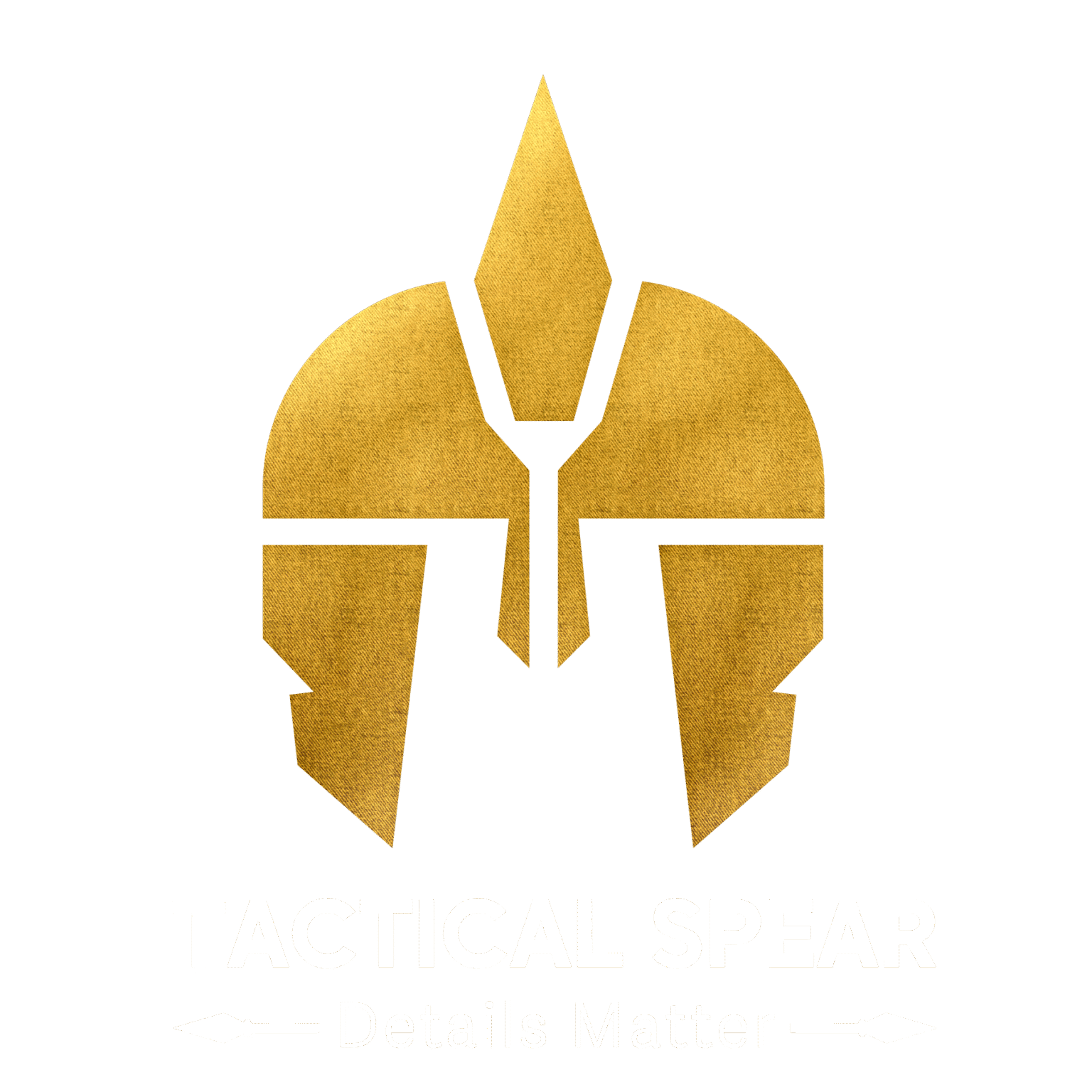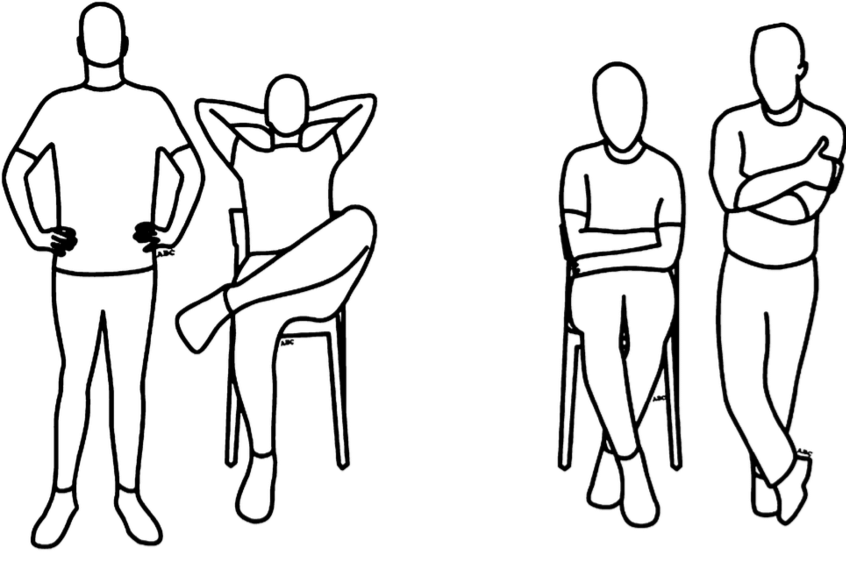Learn to identify four key individual behavior patterns that help you assess threats and opportunities in any environment, improving your tactical response and communication skills.
Behavioral observation is divided into four main categories:
- Individuals
- Groups
- Environment
- Overall Collective Mood
In this post, we focus on the first category — Individuals.
Individuals can be classified into four universal behavior patterns:
- Comfortable (Relaxed)
A comfortable individual shows no signs of threat or fight-or-flight response. They are at ease, often appearing happy or lucky, fully in sync with their environment. You’ll notice relaxed limbs, an open chest facing those
they talk to, and a genuine smile. Such individuals are your best targets to initiate conversations or build rapport in crowded or social settings because they trust their surroundings.
- Uncomfortable (Distressed)
Uncomfortable individuals signal distress or perceived threats via body language—nervous leg movements, crossed arms, leaning away, or repetitive shifting. These are universal signs of discomfort. When engaging with such people, reduce their stressors, show empathy, and adapt your approach to help them feel safe and more open.
- Dominant (Assertive/Control)
Dominant behavior activates when an individual feels confident to confront a threat.
This is shown by expansive body language—making themselves appear bigger by spreading arms wide, leaning forward, or taking up more space. This behavior asserts control. Recognizing dominance allows you to choose your response—whether to match dominance, avoid confrontation, or strategically disengage.
- Submissive (Yielding/Non-Threatening)
Submissive individuals shrink their presence to avoid confrontation. They cross or hug their arms close, curl their posture, or try to look smaller and less noticeable. This behavior signals vulnerability or unwillingness to engage aggressively. When dealing with submissive individuals, approach gently, use empathy, and provide reassurance.
Summary
Understanding these four basic individual behavior patterns provides a powerful framework to read and respond to people in any scenario. Whether in tactical operations, leadership, or everyday interactions, this skill enhances your situational awareness, control, and communication effectiveness.








